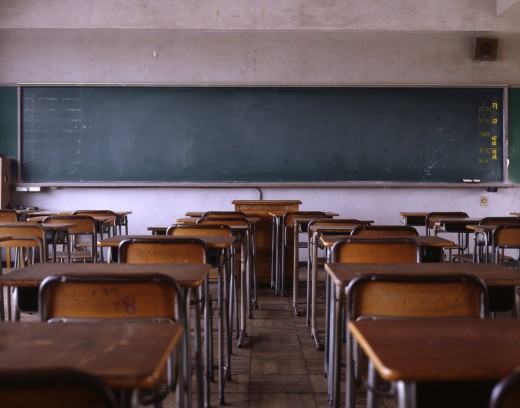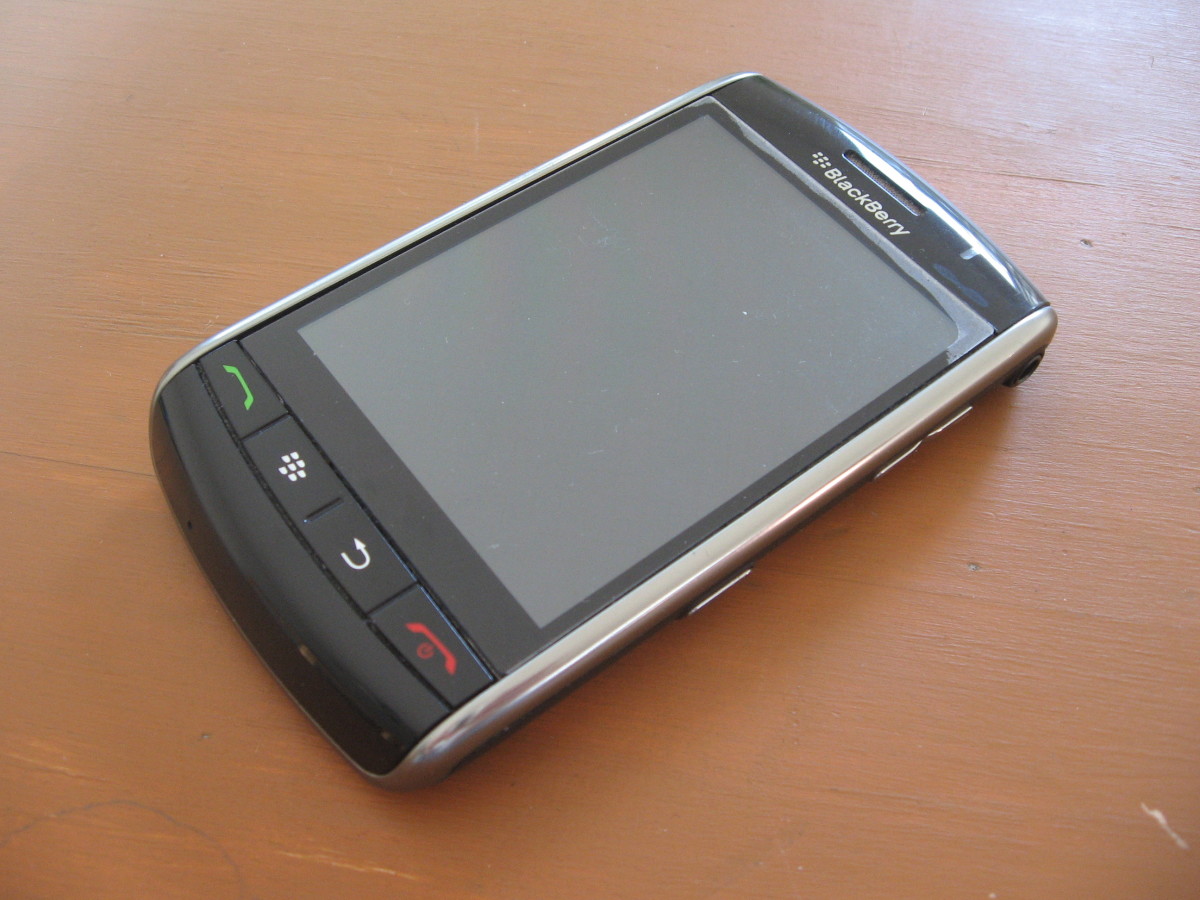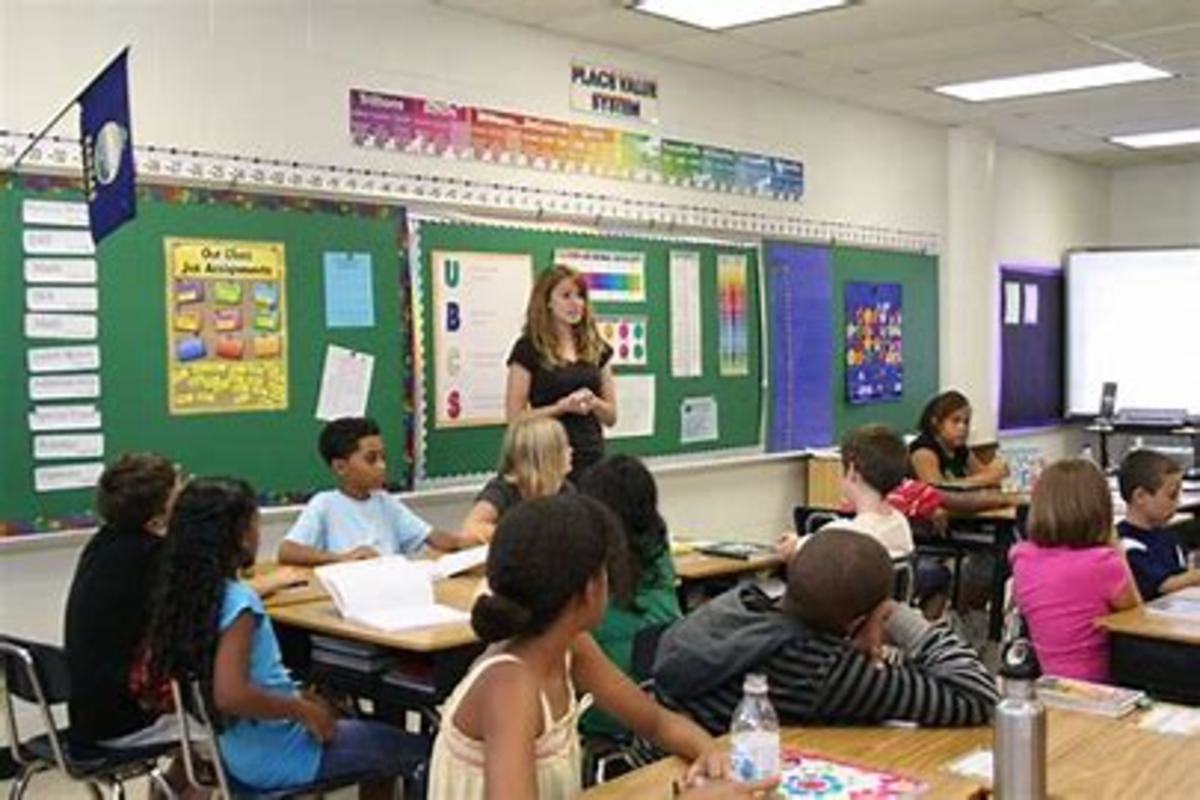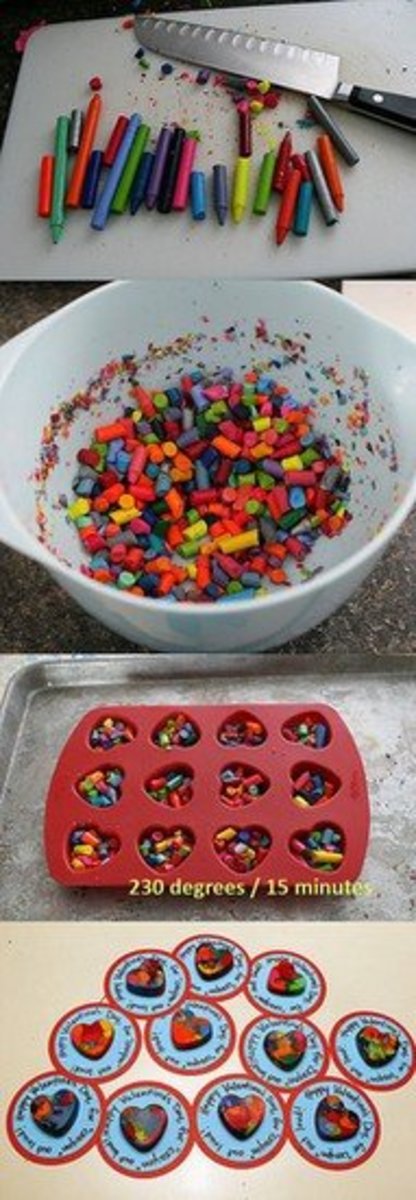8 Surprising Things About Japanese Elementary Schools

Teachers are Third Parents
Imagine this: you're walking home from school, and instead of going straight home, you goof around in someone's yard and break their potted plant. Someone would probably try to track down and call your parents, right?
In Japan, it's more likely that the affected neighbor would call the school, the school would try to identify the child, and then the child's teacher would be primarily responsible for discipline - even though the incident happened off of school grounds! While the child's parent would be contacted in this case, the teacher may be the one to escort the child to the affect neighbor's house to apologize.
Japanese teachers bear a huge responsibility for the development of children's behavior, and even have to teach "moral education" lessons as part of the curriculum. Needless to say, though, there is only so much a teacher can do - especially where there are 32 or more students in a class.
The Kids Police Each Other
Everyone remembers the goody-two-shoes or tattletale from their elementary days, right? (Heck, maybe you were that goody-two-shoes!)
In Japanese elementary schools, most kids will, at some time or another, be that kid who nags their classmates to quit talking or running amok. Outright tattling is a little less common, mainly because the offending student will usually stop what they're doing once five or six of their peers yell at them.
This goes for everything from playground rules to classroom behavior, though certain exceptions can arise when there are enough kids who feel like causing trouble. It's also not uncommon for a class bully to get away with things because the other kids are too scared to confront or tattle on him.
Cleaning is a Shared Responsibility
Japan values cleanliness more than most Western cultures, and students learn this norm by helping clean their school. Sweeping, cleaning chalk trays, and even scrubbing bathrooms are usually part of students' daily routine. Typically, this cleaning is done for 10-15 minutes after lunch or recess, and the school may be deep-cleaned for an hour or more at the beginning or end of each term.
Of course, students aren't nearly as thorough and efficient as professional janitors, and it's common for classrooms to only be marginally cleaner after being scrubbed by first-graders. Teachers usually help clean, too, and even the principal may take a break from paperwork to pick up a broom.
Students Are Trusted
Teachers in Western schools are often strongly discouraged from leaving their classes unattended - and for good reason! In the five minutes it takes to run to the copy room, a kid can end up with a broken nose.
While Japanese teachers obviously can't just ditch their kids, there is a certain amount of trust given to older elementary students. It's not unheard of for a fifth or sixth grade class to be left alone for the better part of a period if they're working on a group project or other structured activity. The teacher may check on them occasionally, but it's more likely that the class goody-two-shoes will use the classroom phone to call down to the office if there's any trouble. In rare cases, a teacher may be asked to leave their class unattended for one period to go substitute teach for a lower grade level!
Kids Don't Have to Go to Class... or Leave Class!
School attendance may be compulsory through the ninth grade, but that doesn't mean a student has to be in the classroom! Japanese children are generally free to go to the school nurse whenever they want to, without fear of punishment. This, of course, sometimes leads to students handing out in the nurse's office all day! While teachers can scold the child for playing hooky, the threat of punishment is basically nonexistent.
On the flip side, the child's right to be in the classroom is strongly protected by law. Students are generally not sent to the principal's office unless they are being violent, and suspensions are unheard of except in extreme cases. It's not uncommon for a teacher at their wit's end to just ignore a misbehaving child, because there's nothing else that can be done.
Kids Come to School Sick
During the fall and winter, Japanese schools are often full of children wearing masks. Sometimes these masks are for prevention of illness, but oftentimes, the wearer will already be coughing or sneezing. Sore threats, colds, and other small illnesses are rarely justification to stay home, and for most Japanese kids, a dose of cold medicine provides enough relief.
The major exception, though, is for influenza and other illnesses that run a fever. Since the flu can be deadly in particularly old and young populations, children with the flue are expected to stay home for a certain number of days to avoid spreading the illness. Schools carefully track the spread of the flu and will even tell entire classes to stay home during major outbreaks.
Students Serve Lunch
While school lunches are prepared in a kitchen by well-trained adults, students typically take turns serving lunch to each other in their classrooms. Students on lunch duty will typically go to the kitchen, thank the staff for the meal, and then take giant baskets of food and utensils up to their classrooms. While the fifth- and sixth-graders usually have no problem ladling up soup and distributing bowls of rice, the first-graders need quite a bit of help from their teacher! Teachers will also generally eat lunch with their students, instead of utilizing lunchroom monitors like many Western schools do.
Special Education Students are Often Separated
In many Western countries, children with physical, mental or learning disabilities have the right to be in a regular classroom as much as possible. Sometimes kids get special "pull-out" classes for tough subjects like math. Other times, they are in a regular classroom at all times, but have a paraprofessional to help them.
In Japan, it's much more common for students with learning disabilities to be in separate classes. These students may join their general education peers for art, music, and special events, but may often be in small classes of 5-6 students for all regular subjects. These special education classrooms may house multiple students of different grade levels, depending on these size of the school.
Various wards, cities and prefectures may have separate schools for students with disabilities, but these schools are not run with the same practices as Western schools for the blind or deaf. Students with extreme anxiety may be placed in the same classroom as students with Down Syndrome, for example. Some foreign English teachers are also surprised by the way that students with mild disabilities end up in these separate schools, while students with more significant challenges remain in general education classrooms.
© 2018 Ria Fritz








